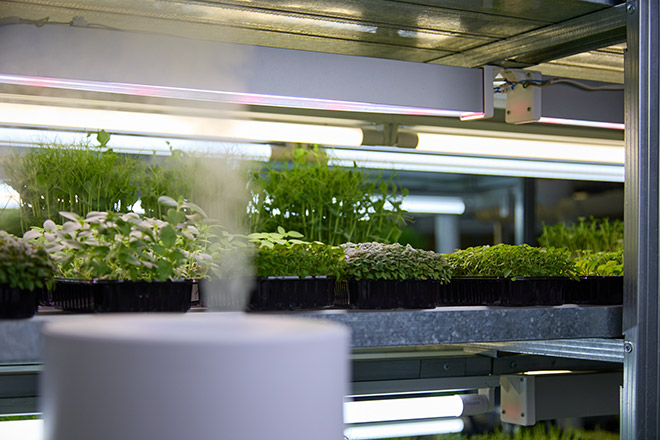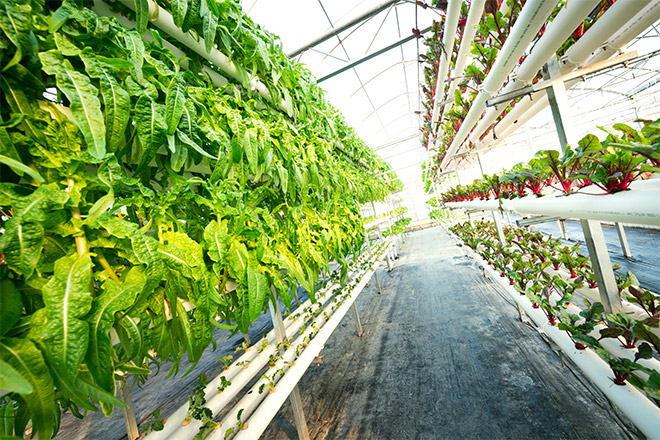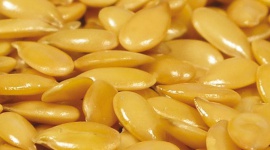Air quality control measures for a super harvest
As we start off 2024, make sure your air quality is set to give you the best fruits yet
As your plants grow, make sure to ventilate the room regularly and gradually lower the humidity levels. For those adorable seedlings and cuttings, start off at a humidity of 80-95%. As your little green babies transition to their vegetative stage, aim for a humidity range of 60-70%. When it's time for those flowering plants to show off their blossoms, bring the humidity down even further to a cozy 40-60%.

Now, here's a cool trick to keep in mind: higher humidity means less evapotranspiration and that the plant is drinking less. If the plant is at a highly productive phase when humidity spikes, this may call for increasing the fertilizer rate. With a higher fertilizer rate the plant has access to more nutrients with each drink it takes.

But beware! Higher humidity can invite uninvited guests like foliar molds (Botrytis and powdery mildew, we're looking at you) and a not-so-lovely lineup of soil diseases (Rhizoctonia, Fusarium, and Pythium, yuck!). Even those pesky aphids love the lush environment. On the other hand, if humidity gets too low, you might end up with crispy leaves and become the hot spot for spider mites.
To keep your plants happy and healthy, make sure to maintain proper ventilation with clean air sources. This will help prevent any unwanted pests from joining the party. And hey, try your best to keep the humidity and temperature steady. Your plants will thank you for it!
Now, if you're all about taking things to the next level, and you have the means to supplement with CO2, listen up. Carbon is like the building blocks for our plants, so adding some extra CO2 can actually boost their growth. While the natural atmosphere rocks about 400 ppm of CO2, plants can benefit from elevated levels of 800-1000 ppm. Oh, and don't forget to turn up the temperature a bit to support that high metabolism. Just keep in mind that adjusting the fertilizer rate might be necessary with this CO2 power-up. Note that light intensity and genetics will undoubtedly effect this network of environmental factors, as well.

So, my fellow green thumbs, remember to keep that room well-ventilated, control those humidity levels like a boss, and watch your plants thrive. And as always, reach out to the CANNA team with your production questions. Good luck and happy gardening!



